Frank Lloyd Wright at 150: Unpacking the Archives
MoMA New York looks back at the 70-year career of America’s greatest architect
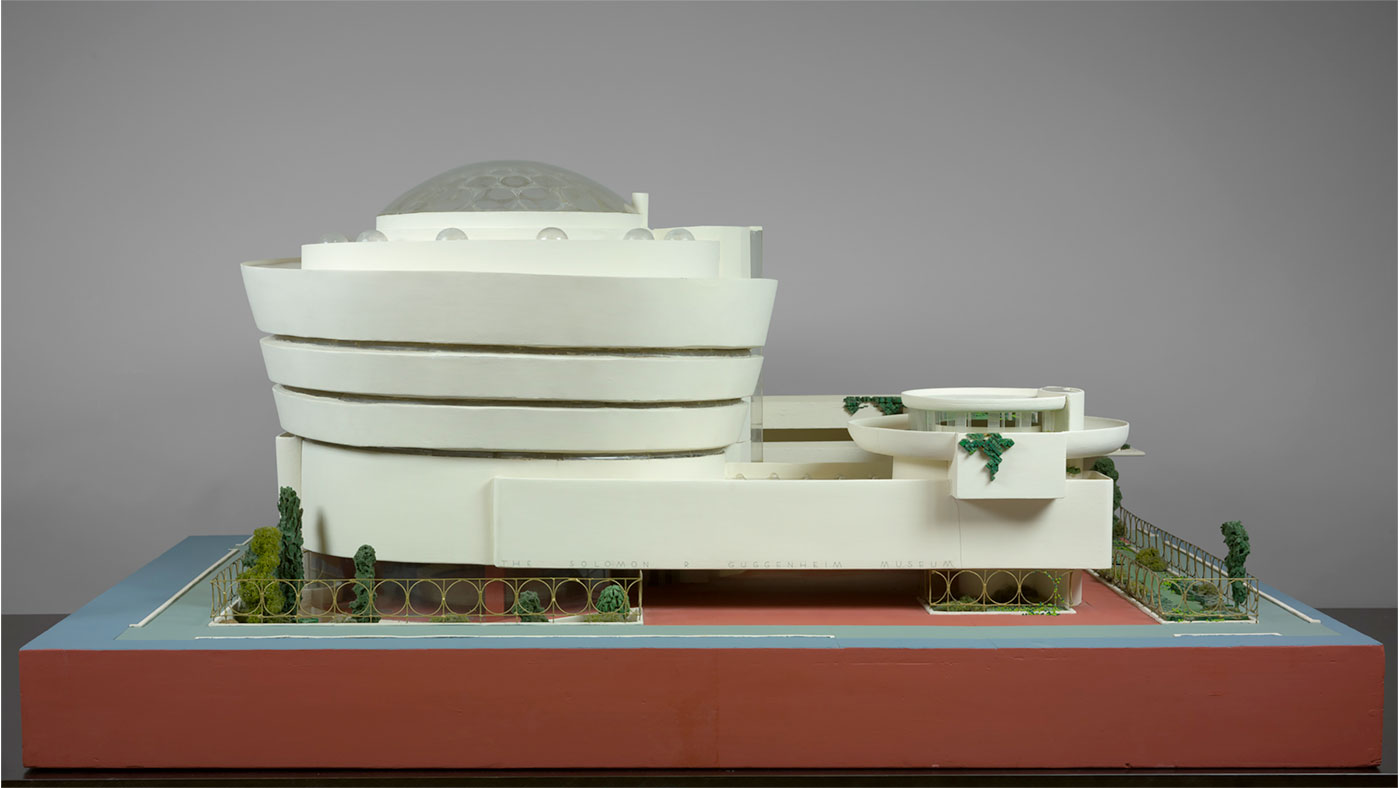
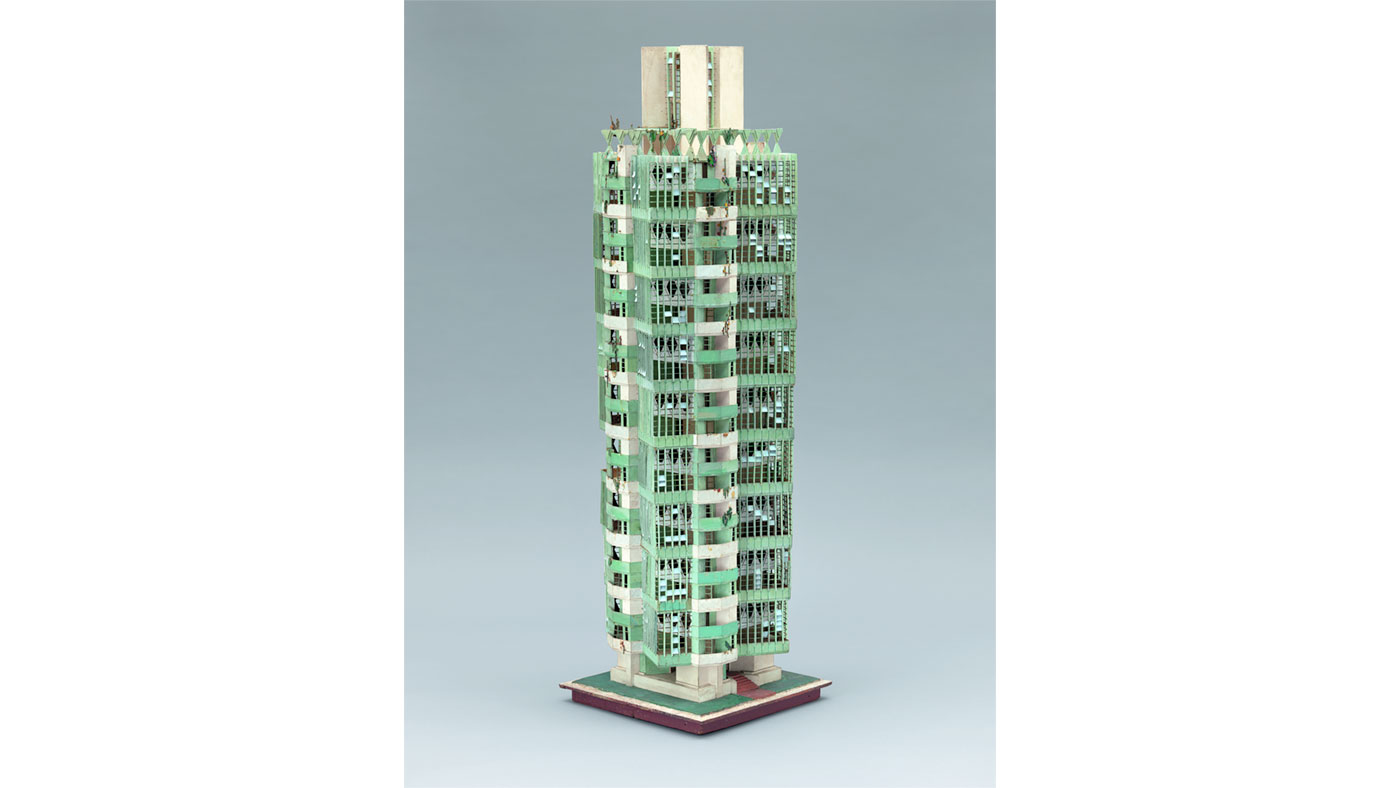
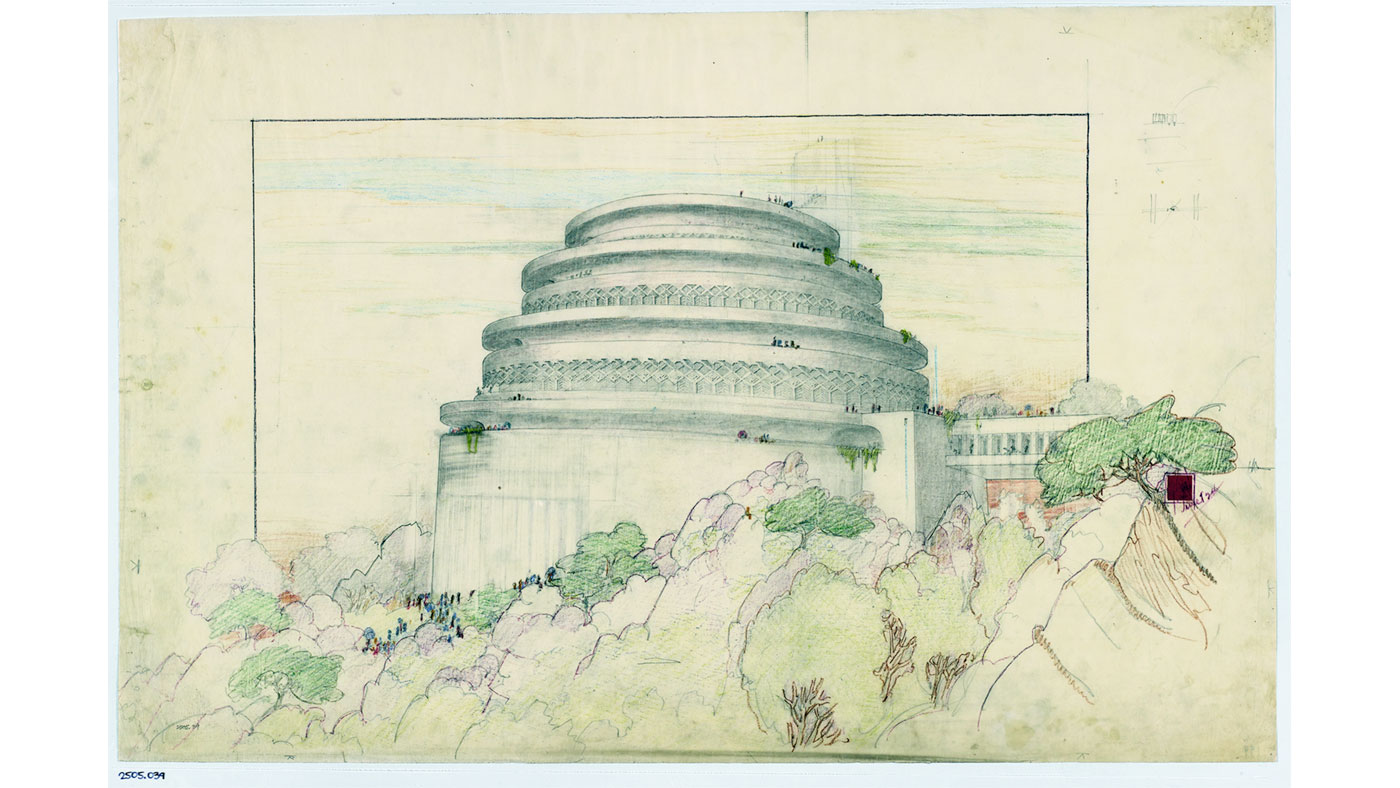
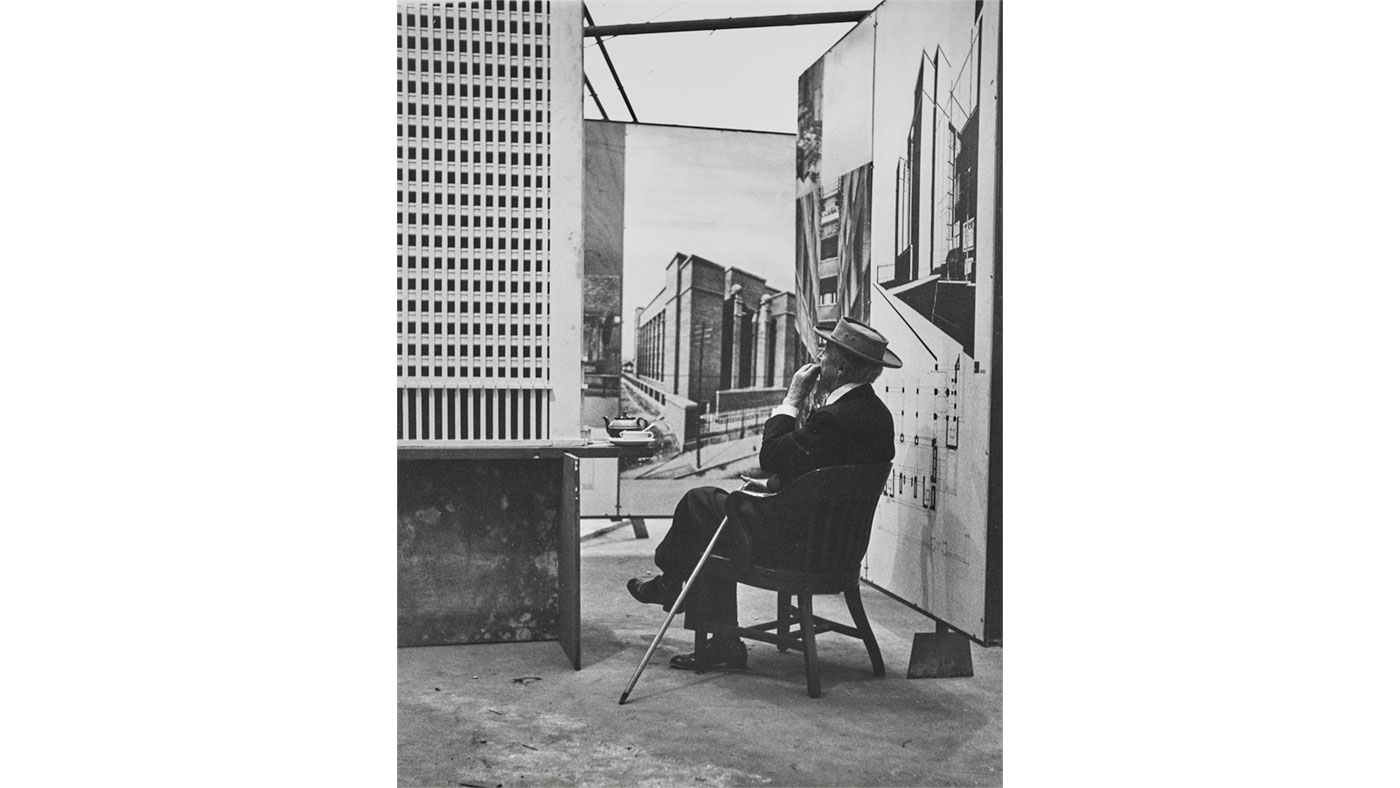
Frank Lloyd Wright is recognised as one of the most important architects of the 20th century. He was the original ‘starchitect’ – known for both his genius and vanity – who left an indelible impression on American architecture, with a holistic approach that was years ahead of its time.
Wright designed in excess of 1,000 buildings and realised more than half of them in a career spanning seven decades. His distinctive, visionary style created the blueprint for the Modernist movement, perhaps most evident in the iconic Guggenheim New York – a circular structure in a city comprised almost entirely of straight lines – while buildings like the Fallingwater house in rural Pennsylvania display his organic ethos to full, glorious effect.
Like all great architects, Wright's buildings act as his legacy. But for a landmark new exhibition to commemorate the 150th anniversary of his birth, MoMA New York is delving into the architect's expansive archives for a deeper understanding of his pioneering yet unorthodox approach.
The Week
Escape your echo chamber. Get the facts behind the news, plus analysis from multiple perspectives.

Sign up for The Week's Free Newsletters
From our morning news briefing to a weekly Good News Newsletter, get the best of The Week delivered directly to your inbox.
From our morning news briefing to a weekly Good News Newsletter, get the best of The Week delivered directly to your inbox.

'Frank Lloyd Wright at 150: Unpacking the Archives' comprises more than 450 exhibits including architectural models and drawings, sketchbooks, paintings, furnishings and films. As a whole, they reveal new interpretations of the influential architect's practice, with many of the items rarely or never before seen in public.
Wright was a keen archivist with hopes that a comprehensive body of work would 'perpetuate his architectural philosophy'. The archives were first put into use, academically speaking, in the architect's Taliesin Fellowship apprenticeship scheme, which he ran at his winter home and studio in the Arizona desert. The house is now the headquarters for the Frank Lloyd Wright Foundation, which continues to preserve his work and organise educational events and programmes.

Taking the exhibition title to heart, the team at MoMA invited a group of scholars to 'unpack' an object or 'cluster' of objects associated with Wright in order to reveal new sides to his work. These objects range from original sketches, textiles and tableware from the iconic Imperial Hotel project in Tokyo to a little-known model for an experimental farm he designed during the Great Depression. The exhibition is subsequently structured as an anthology and split into 12 sections according to each object and how it can both build up a picture of the architect and present a new perspective on him.
'Frank Lloyd Wright was a radical designer and intellect [who] embraced new technologies and materials, pioneered do-it-yourself construction systems and avant-garde experimentation…' comments MoMA, '[This] exhibition seeks to open up Wright's work to critical inquiry and debate, and to introduce experts and general audiences alike to new angles and interpretations of this extraordinary architect.'
A free daily email with the biggest news stories of the day – and the best features from TheWeek.com
Frank Lloyd Wright at 150 runs from 12 June to 1 October 2017; moma.org
-
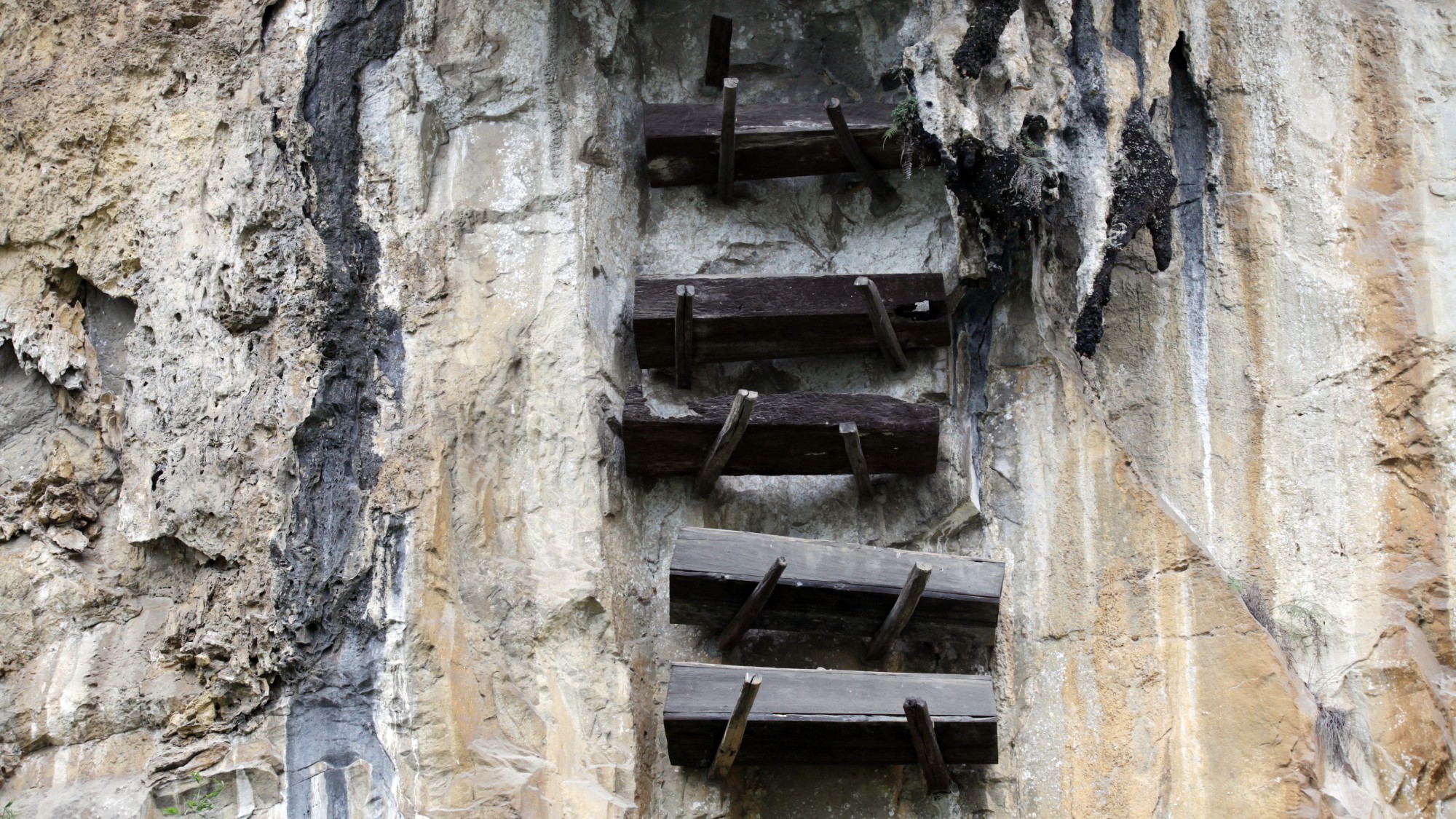 The curious history of hanging coffins
The curious history of hanging coffinsUnder The Radar Ancient societies in southern China pegged coffins into high cliffsides in burial ritual linked to good fortune
-
 The Trump administration says it deports dangerous criminals. ICE data tells a different story.
The Trump administration says it deports dangerous criminals. ICE data tells a different story.IN THE SPOTLIGHT Arrest data points to an inconvenient truth for the White House’s ongoing deportation agenda
-
 Ex-FBI agents sue Patel over protest firing
Ex-FBI agents sue Patel over protest firingspeed read The former FBI agents were fired for kneeling during a 2020 racial justice protest for ‘apolitical tactical reasons’